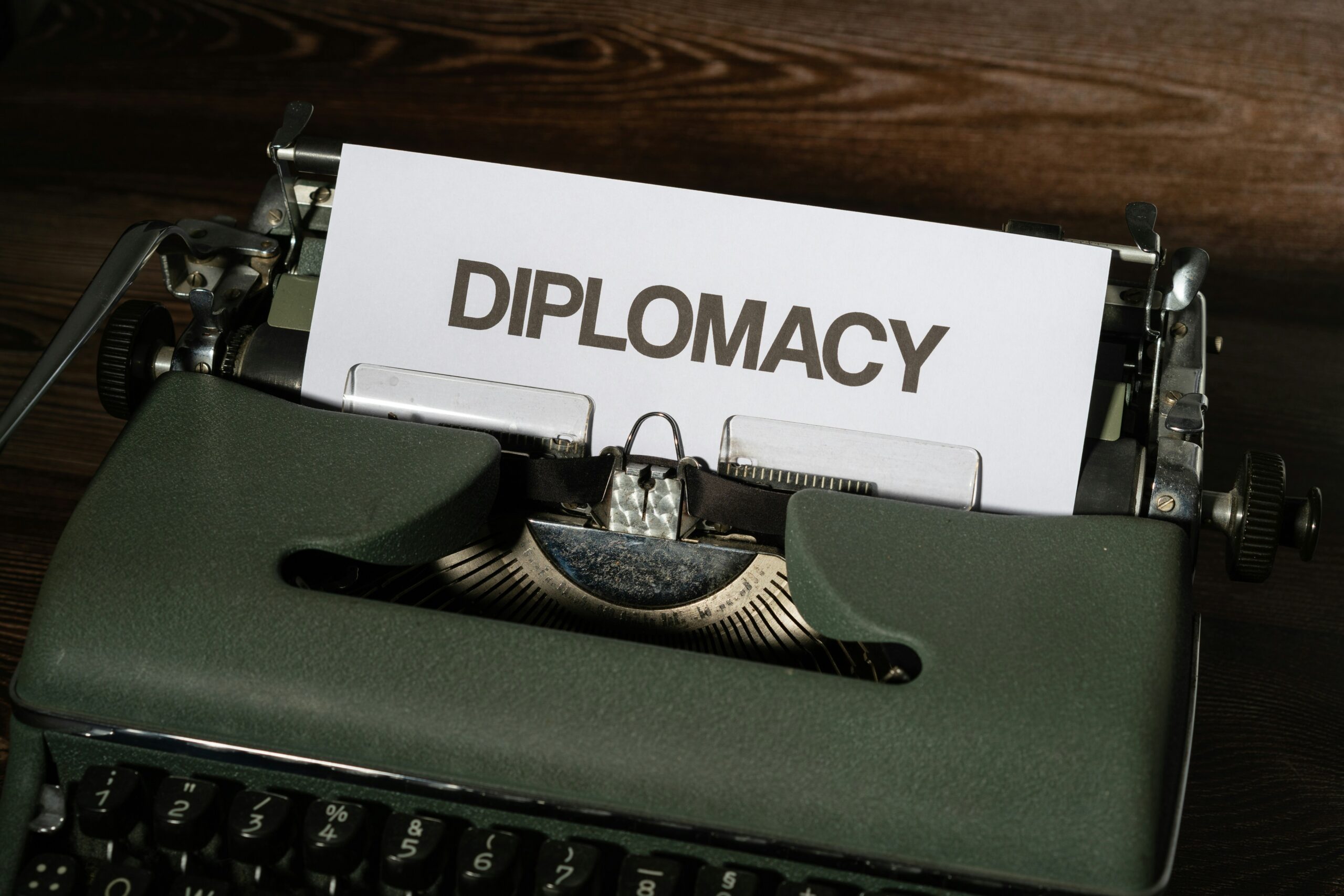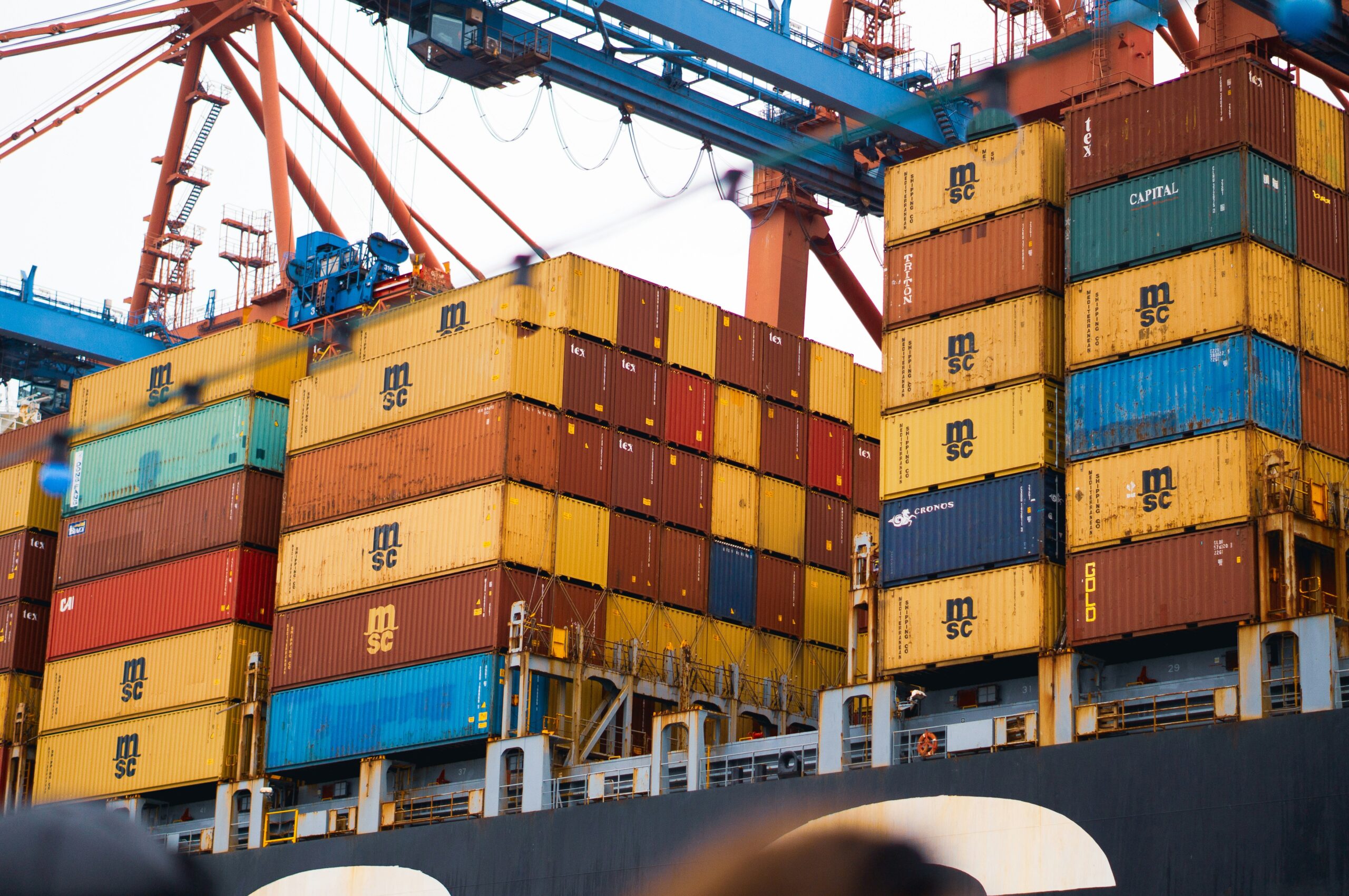In June 1997, the Bangkok Proclamation created this agreement as an intercultural organization to advance trade agreements and professional collaboration in the area. It consists of seven South Asian and Southeast Asian nations.
Approximately 1.5 billion people live in the traded area, which accounts for around 22% of the world’s populace and has a collective GDP of $2.7 trillion. Notwithstanding the worldwide fiscal crisis, Signatory Member Countries have maintained an average 6.5 percent economic growth rate over the past five years.
Among the nations reliant on the Bay of Bengal are the partner countries; India, Thailand, Bhutan, Bangladesh, Nepal, Myanmar, and Sri Lanka.

Agreements
The following treaties and agreements have been signed by associates of the treaty:
- A Memorandum of Understanding (MOU) on the Creation of the “BIMSTEC Cultural Industries Commission (BCIC)” and “the BIMSTEC Cultural Industries Observatory (BCIO)”;
- BIMSTEC Permanent Secretariat Establishment Memorandum of Agreement;
- BIMSTEC Participating Countries’ Memorandum of Association for the Creation of the BIMSTEC Power Center;
- Partnership Against Global Terrorism, Transnational Criminal Gangs, and Illicit Drug Smuggling (BIMSTEC Convention);
- Free Trade Area (FTA) Founding Treaty;
- Memorandum of Agreement of Weather and Climate Institute Establishment.
Principles
The fundamental values of BIMSTEC are as follows:
- Collaboration within BIMSTEC will be premised on regard for the basic premise of sovereign rights, geopolitical credibility, governmental autonomy, no interference in domestic matters, tranquil co-existence, and common goals.
- Partnership within BIMSTEC will represent an extension for bilateral, geographic, or multinational partnerships comprising Member Countries.
Objective
Building bridges between and across nations in a variety of cooperative ventures is the goal of BIMSTEC. The Bangkok Statement on its foundation states that BIMSTEC’s goals and objectives are to:
- Collaborate on initiatives that can be handled most effectively at the sub-regional level and that best utilize the synergies already in place.
- Continue working closely and profitably with current international and regional organizations,
- Cooperating more efficiently in joint initiatives that promote and enhance member states’ national development agendas,
- Exchange resources for training and research to help one another.
- Encourage active cooperation and support between parties on issues of shared interest,
- Quicken social advancement in the area; and
- Cultivate conditions that encourage quick economic growth.
Significance of the treaty
1.68 billion individuals, or 22% of the global total, live in the BIMSTEC region, and its member countries’ total GDP is US$3.697 trillion annually.
The benefits there are for other member nations to be a participant in a unit concentrated on the Bay of Bengal are revealed in a 2021 study program of the Independent Research Institute. According to the report, BIMSTEC may provide Bangladesh with a forum to further its urgently needed financial progress, whereas Sri Lanka views the organization’s objective as being an Indo-Pacific shipping hub. The organization acts as a gateway to the ocean for the smaller nations of Nepal and Bhutan. It might be viewed as a strategy for Myanmar and Thailand to lessen their over-dependence on China and as a means to gain access to a sizable consumer market for their exports.
Last but not least, it might be interpreted as aiding India’s wider objective of gaining security and commerce dominance in the Indian Ocean region.
Challenges
International policy analysts claim that BIMSTEC’s absence of effectiveness and “sluggish” speed of development is its first and biggest problem.
Studies suggest that participating countries trade with one another based on closeness, the accessibility of shipping routes, and the dimensions of the country’s industry. Interestingly, it was also discovered that BIMSTEC participating nations frequently import items from some non-members.
The challenges of the agreement have also been highlighted lately by the relationship between Bangladesh and Myanmar in light of the Rohingya refugee conflict and the democratic climate in Myanmar.



